10+ Years Experience
Specialist Spray Painters

Industrial painting plays a crucial role in protecting industrial equipment and structures from corrosion, enhancing aesthetics, and ensuring compliance with safety standards.
In this article, we will explore the importance of industrial painting, the different types of coatings available, the steps involved in the painting process, safety precautions to consider, common mistakes to avoid, and how to choose the right contractor for your industrial painting needs.
Whether you are looking to protect your assets or improve the appearance of your facility, understanding industrial painting is essential.
Industrial painting, also known as commercial painting, involves the application of protective coatings on various surfaces in industrial facilities to enhance durability and aesthetics.
This process plays a crucial role in safeguarding surfaces against corrosion, rust, and other environmental damage, thus extending the lifespan of structures and equipment.
Proper surface preparation is key in ensuring the adhesion of coatings, which can include methods such as abrasive blasting, power washing, and chemical cleaning.
The choice of protective coatings, whether epoxy, polyurethane, or others, is tailored to the specific needs of each surface to provide optimal protection.
Industrial painting helps in maintaining a clean and professional appearance, contributing to a safer work environment and boosting overall property value.
Industrial painting plays a crucial role in providing corrosion protection, achieving desired surface finishing, and ensuring the longevity of industrial structures and machinery.
By applying specialised coatings, industrial painting helps in safeguarding metal surfaces against the damaging effects of corrosion, thereby extending the lifespan of equipment and structures. In addition to corrosion resistance, a well-executed industrial painting process enhances the overall aesthetics of the surfaces, creating a polished and professional look.
This not only contributes to the visual appeal but also reflects a commitment to quality maintenance practices. Utilising high-quality paints and coatings tailored to withstand harsh industrial environments is essential for maintaining durability and ensuring long-term protection.
Proper surface preparation, meticulous application techniques, and routine maintenance are all integral aspects of industrial painting that collectively contribute to the longevity and performance of industrial assets.
One key aspect of industrial painting is its ability to provide effective protection against corrosion through proper surface treatment, controlled coating thickness, and the application of protective finishes.
The process of industrial painting involves various surface treatments that are crucial for ensuring long-term corrosion resistance. Surface preparation methods like abrasive blasting and chemical treatments are employed to remove contaminants and create a clean, suitable surface for coating adhesion.
The thickness of the coating plays a significant role in determining the durability of the protection. Choosing an appropriate coating thickness based on the specific environmental conditions and exposure risks is essential.
Protective finishes, such as epoxy coatings or polyurethanes, are applied to enhance resistance to corrosion, chemicals, and weathering, ensuring the longevity of the painted surfaces.
Industrial painting not only enhances the aesthetics of industrial projects but also contributes to branding initiatives through the expertise of professional painting contractors and the application of premium paint finishes.
The application of high-quality paint finishes by experienced contractors plays a crucial role in not only protecting surfaces from corrosion and wear but also in creating a lasting visual impact that aligns with a company’s brand identity.
By utilising specialised techniques and top-grade paints, industrial painting contractors are able to transform ordinary industrial spaces into visually appealing environments that leave a positive impression on clients, visitors and employees alike.
This attention to detail and commitment to quality craftsmanship sets the stage for a successful execution of industrial painting projects, elevating the overall look and feel of the facilities.
Safety and compliance are paramount considerations in industrial painting, with a focus on ensuring paint adhesion, adhering to established industrial standards, and employing safe painting techniques.
Proper paint adhesion is crucial in industrial settings to achieve durable and long-lasting coatings. Meeting industry standards ensures quality, durability, and environmental safety in the painting process. Implementing safe painting techniques not only protects workers from harm but also maintains the integrity of the final paint application.
Keeping up with advancements in industrial painting techniques and standards is essential to stay competitive and deliver high-quality results that meet client expectations.
Industrial painting encompasses various types, including epoxy coatings, polyurethane coatings, and acrylic coatings, each offering unique properties and applications.
Epoxy coatings are a popular choice in industrial painting due to their durable surface coatings, customised paint selection options, and adherence to specific paint specifications for industrial projects.
These coatings offer exceptional surface protection against corrosion, abrasion, and chemical exposure, making them ideal for heavy-duty industrial environments. Their versatility allows for tailored paint selections, including various finishes, colours, and textures to meet project requirements and aesthetics.
Epoxy coatings provide a seamless application process, ensuring compliance with strict industry standards and project specifications. The long-term benefits of epoxy coatings, such as extended service life and low maintenance requirements, make them a top choice for industrial painting applications.
Polyurethane coatings are favoured by industrial painters for their ability to provide a quick and effective application process, which results in reduced downtime and increased productivity. The versatility of polyurethane coatings allows them to adhere well to a wide range of surfaces, including metal, concrete, and wood, offering long-lasting protection and durability.
Their resistance to abrasion, chemicals, and UV exposure makes them ideal for demanding industrial environments, ensuring a high-quality finish that stands the test of time.
Acrylic coatings offer durable protective coatings for industrial equipment, utilising advanced painting materials to enhance the longevity and performance of various industrial structures.
These coatings are known for their exceptional characteristics such as resistance to corrosion, chemicals, and UV rays. This makes them ideal for use in challenging industrial environments where equipment is subjected to harsh conditions. Acrylic coatings provide a tough barrier against wear and tear, helping to prolong the lifespan of machinery and structures.
They are also flexible and easy to apply, allowing for seamless coverage and a smooth finish. With their high durability and protective properties, acrylic coatings play a crucial role in maintaining the integrity and reliability of industrial equipment.
The process of industrial painting involves several key steps, starting with meticulous surface preparation, followed by priming, actual painting application, and concluding with a meticulous finishing process.
Surface preparation is crucial in industrial painting as it ensures a clean and smooth base for the paint to adhere properly. Techniques like power washing, sandblasting, and chemical treatments are commonly employed to remove contaminants and old coatings.
Once the surface is prepped, the next step is priming, where a primer specific to the surface material is applied to enhance adhesion and corrosion resistance. Painting application methods vary, including using brushes, rollers, or spray equipment depending on the project requirements. Finishing touches such as sealants or topcoats add durability and aesthetics to the painted surface.
Surface preparation is a critical initial phase in industrial painting, involving the assessment and treatment of industrial surfaces to ensure optimal adhesion and paint durability for industrial projects.
Proper surface preparation is fundamental to achieving long-lasting protection against corrosion, weathering, and chemical exposure in industrial settings. By removing contaminants, such as rust, dirt, and grease, from the surface, it creates a clean canvas for the paint to adhere to effectively
. This meticulous process not only enhances the aesthetics of the industrial structures but also plays a significant role in extending the lifespan of the paint coatings, reducing maintenance costs, and ensuring the overall success of industrial painting projects.
The priming stage in industrial painting involves the application of a suitable paint system by professional painters to enhance paint adhesion, promote durability, and create a solid foundation for subsequent coats.
This crucial step plays a vital role in ensuring that the paint adheres effectively to the surface, preventing issues such as paint peeling or flaking. By selecting the right paint system for the specific industrial application, companies can guarantee long-lasting protection and aesthetic appeal for their products.
Involving skilled painters who understand the nuances of different paint systems is essential to achieve a high-quality finish. Professional painters are trained to apply coatings uniformly, ensuring that each coat bonds seamlessly with the primed surface for optimal performance and longevity.
The painting phase in industrial painting employs specialised painting equipment, precise paint application techniques, and efficient painting methods to achieve consistent and high-quality paint finishes.
The finishing phase in industrial painting involves evaluating coating thickness, ensuring paint durability meets industry standards, and conducting final inspections to guarantee the quality of the painted surfaces.
During the coating thickness assessment, it is crucial to confirm that the desired thickness has been achieved to provide adequate protection to the substrate. Technicians utilise specialised tools and equipment to measure the thickness accurately, ensuring it complies with industrial regulations.
Checking the paint durability ensures that the surfaces can withstand harsh environmental conditions and extend the lifespan of the painted components. Adherence to industrial standards for quality assurance helps in maintaining consistency and reliability across different projects, setting a benchmark for excellence in industrial painting processes.
Industrial painting necessitates strict adherence to safety precautions to protect workers, maintain the integrity of surface coatings, and ensure the ongoing maintenance of industrial structures.
Ensuring the safety of workers in industrial painting operations involves providing appropriate personal protective equipment, such as respirators, gloves, and protective clothing. Proper ventilation systems must be in place to minimise exposure to potentially harmful fumes and vapours.
Regular inspection and maintenance of painting equipment is crucial to prevent malfunctions that could compromise both worker safety and the quality of the coatings. Adhering to industry standards for surface preparation and application techniques is essential for achieving durable and long-lasting coatings that withstand environmental factors.
Common mistakes in industrial painting include inadequate paint adhesion, subpar paint finishes, and improper surface preparation, leading to compromised durability and aesthetics of industrial surfaces.
One of the key challenges faced in industrial painting processes is the improper adhesion of paint to the surface, which often stems from inadequate surface preparation. Insufficient cleaning, lack of priming, or the presence of contaminants can all hinder the adhesion of paint, resulting in peeling, blistering, or flaking.
This not only affects the appearance of the painted surface but also compromises its longevity and protective properties. Therefore, ensuring thorough surface preparation is crucial to achieving a durable and visually appealing finish in industrial painting applications.
Selecting the ideal industrial painting contractor involves evaluating their expertise in paint selection, proficiency in coating application methods, and track record of successful industrial painting projects.
When looking for a reputable industrial painting contractor, it’s crucial to enquire about the types of paints they work with and their knowledge of which paints are best suited for different industrial environments.
Consider their proficiency in applying various coatings, such as epoxy, polyurethane, or intumescent coatings, as the correct application method is vital for long-lasting and durable finishes.
Assessing their portfolio of past industrial painting projects can offer insight into their experience with different surfaces and structures, ultimately ensuring a successful outcome for your own project.
There are a range of other services that we can provide. Have a look at the list below for more information:
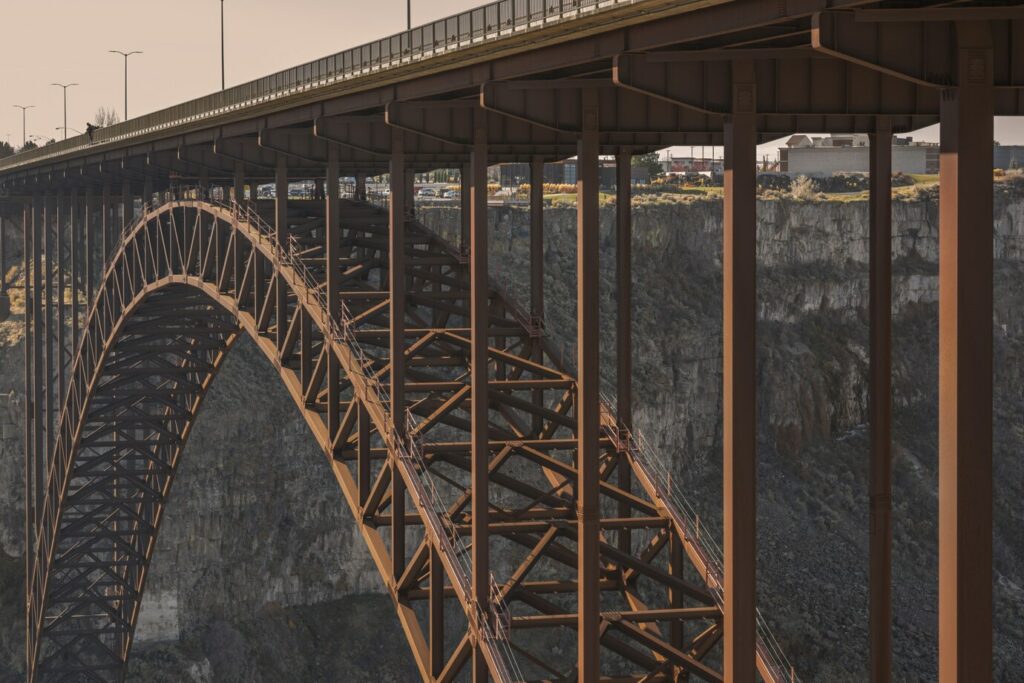
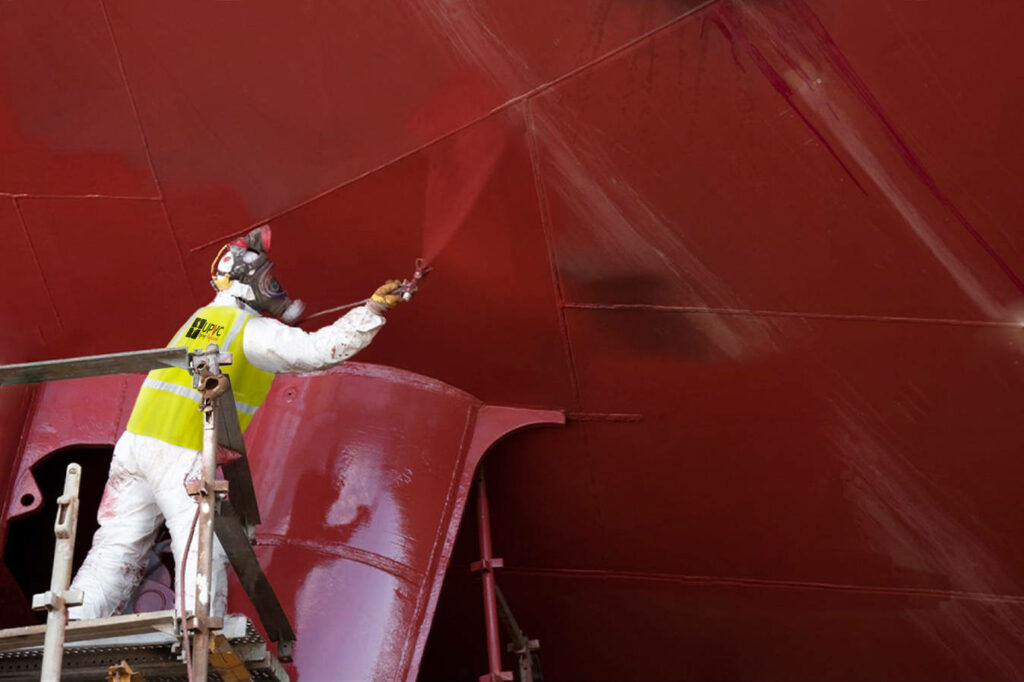
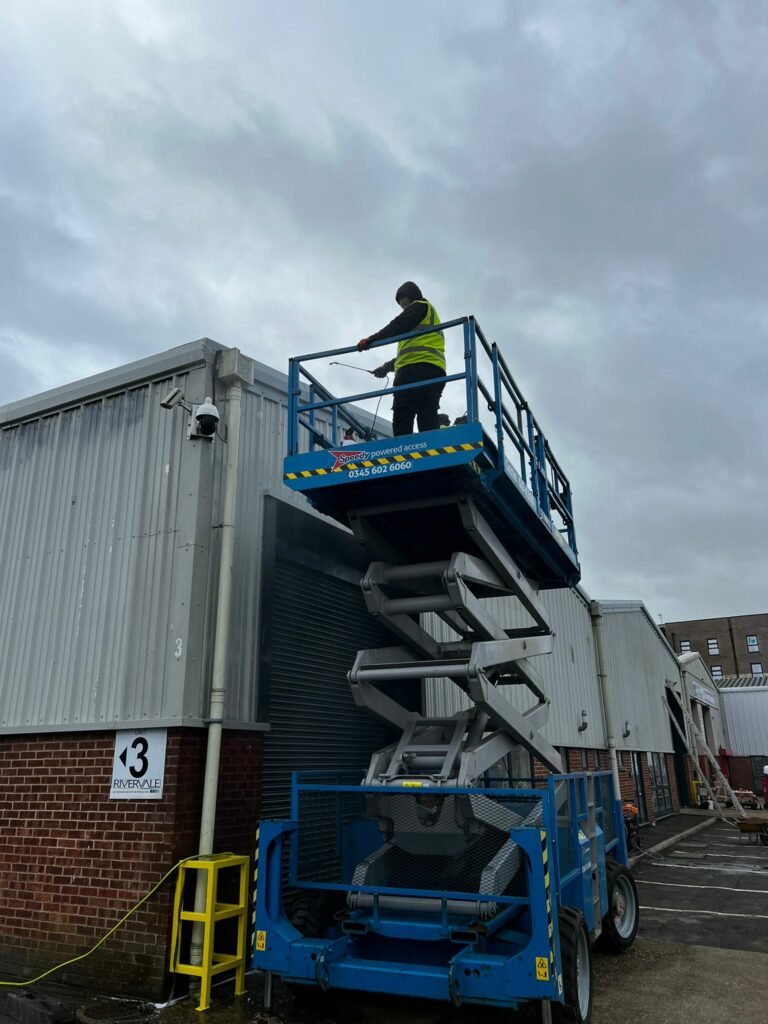
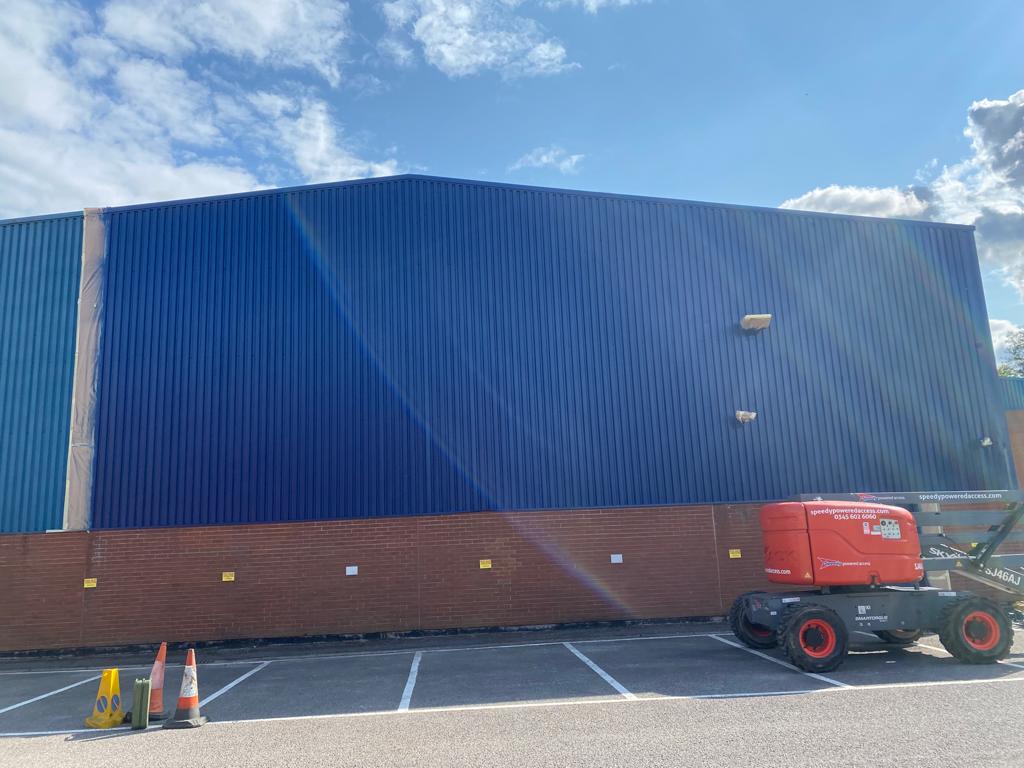
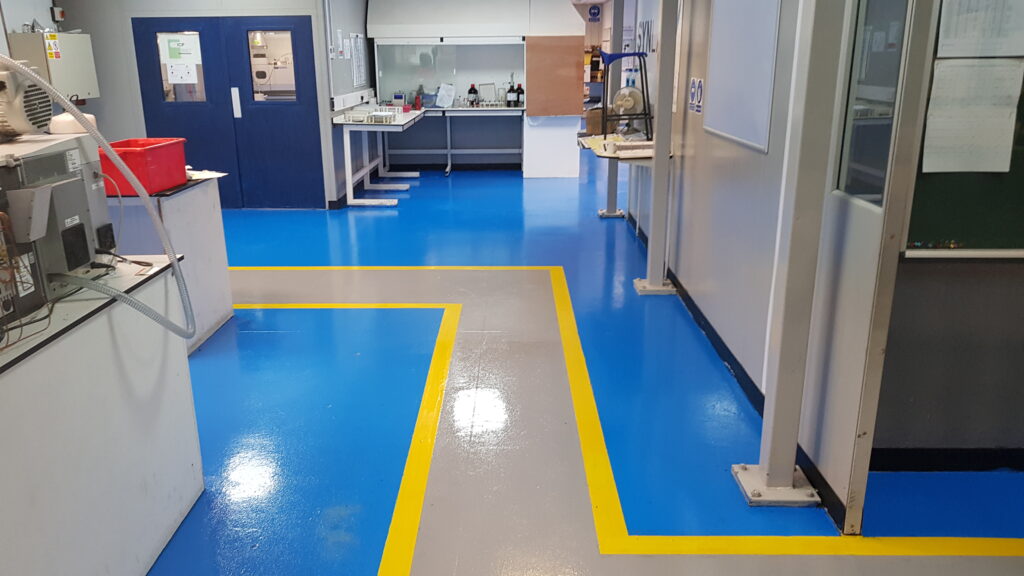
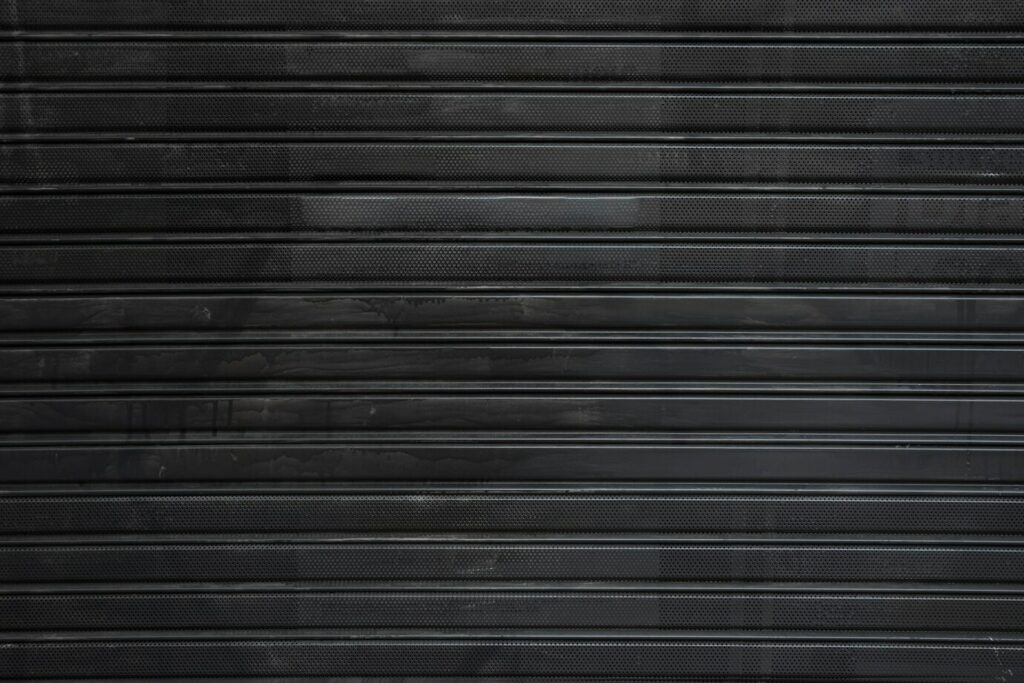

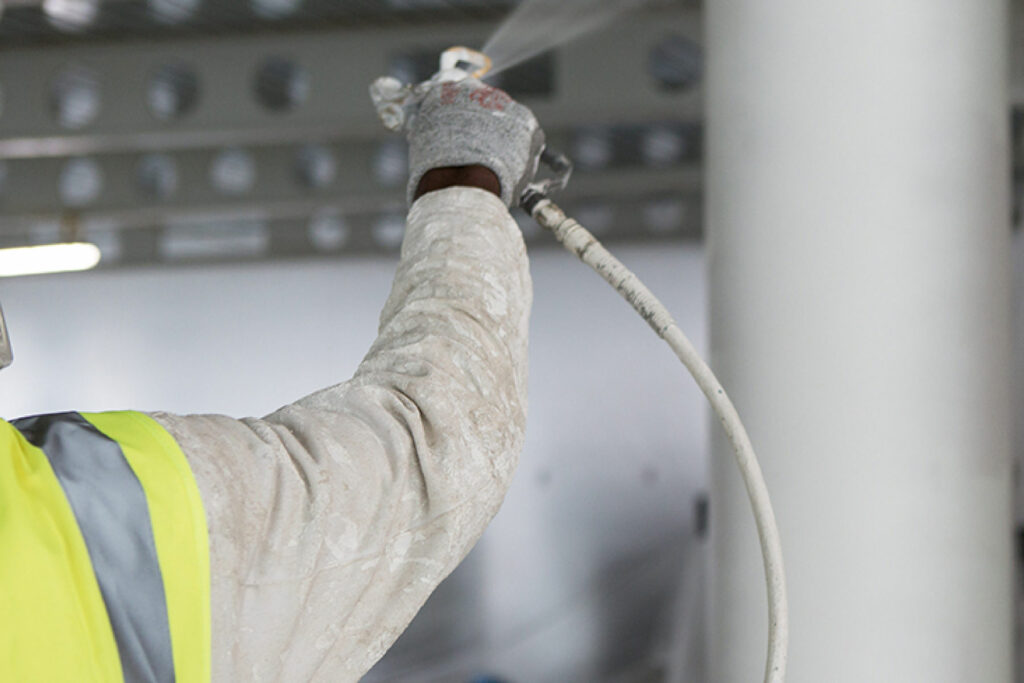



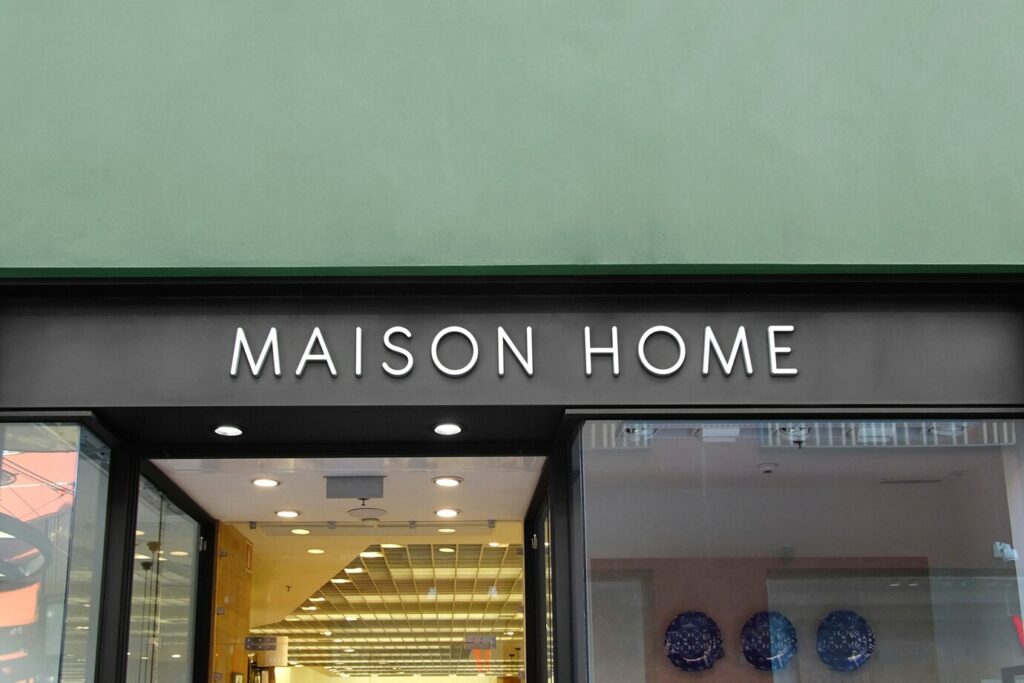

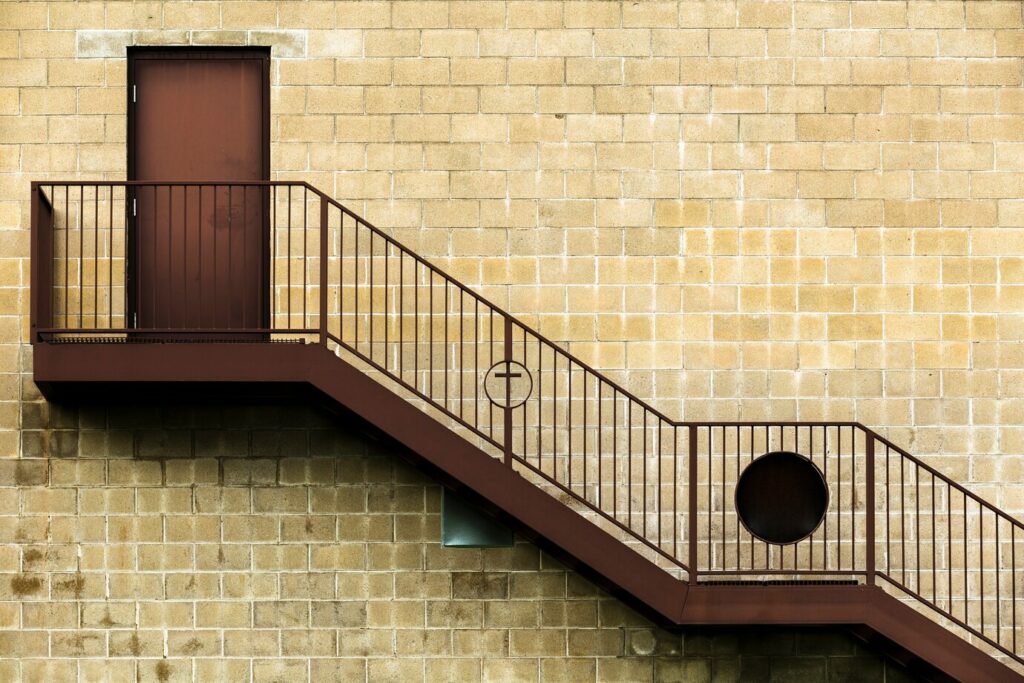

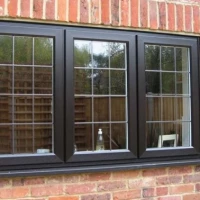
We Aim To Reply To All Enquiries With-in 24-Hours